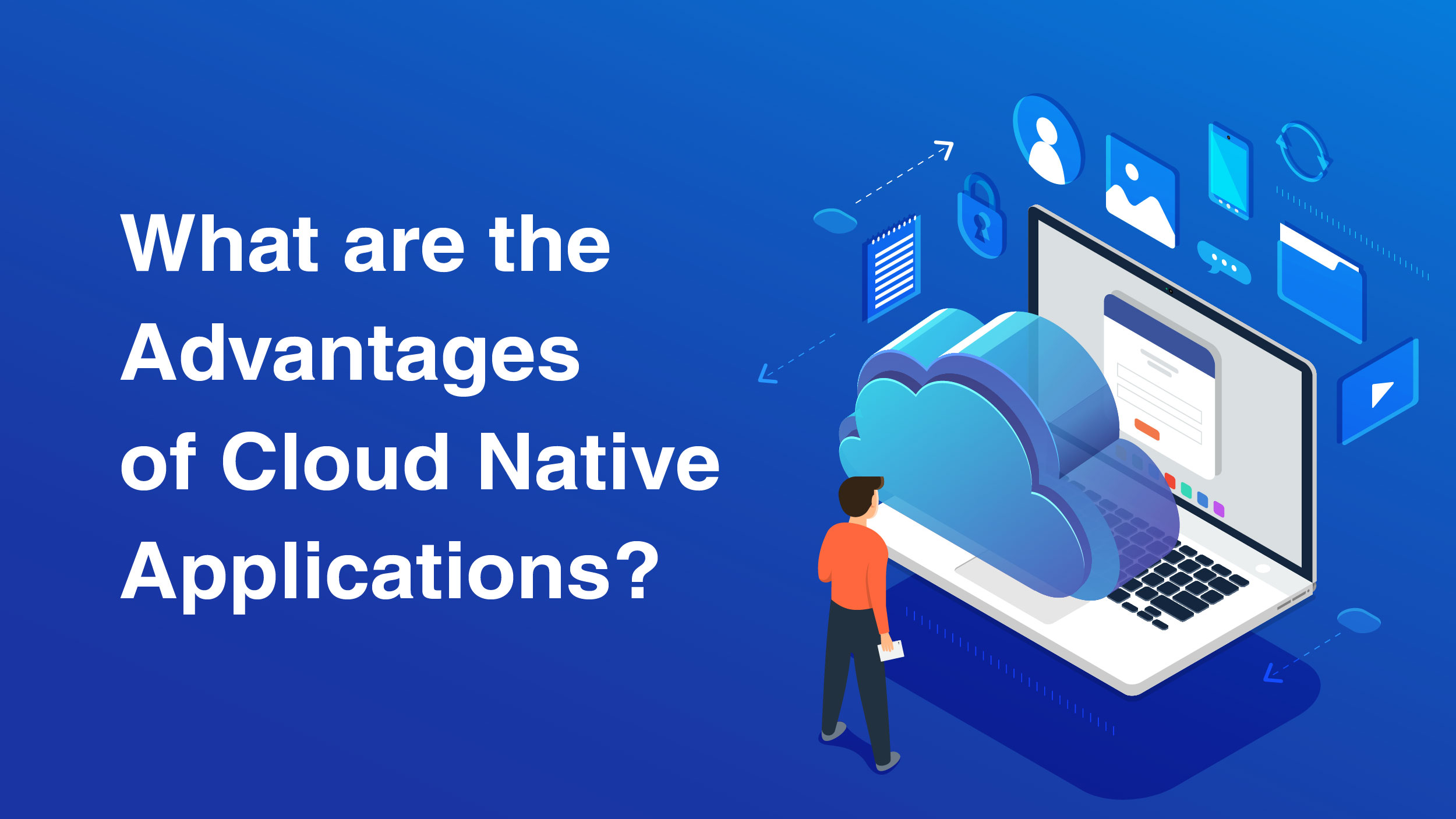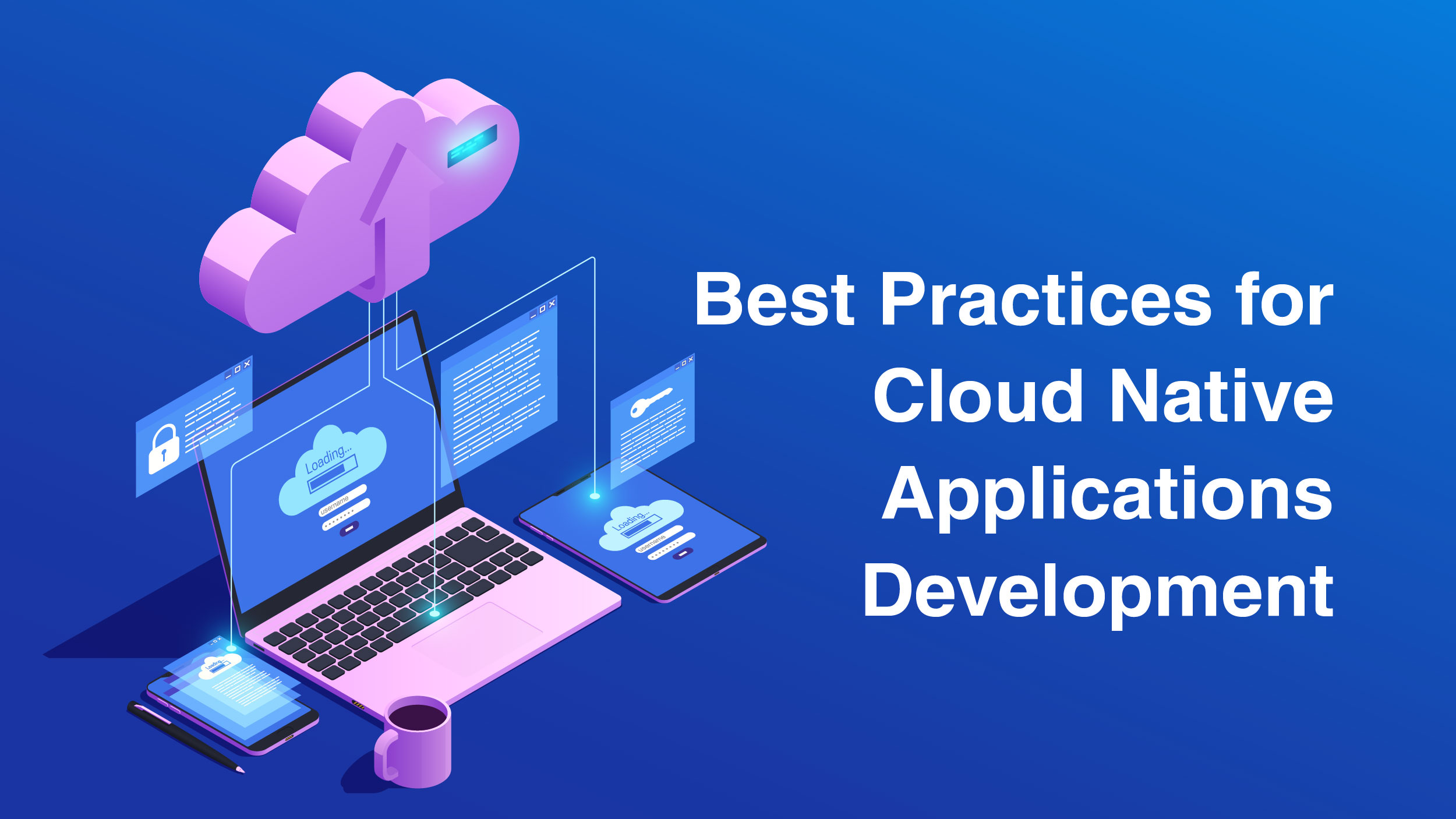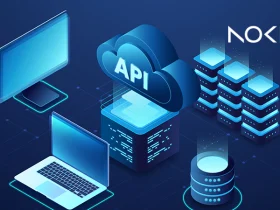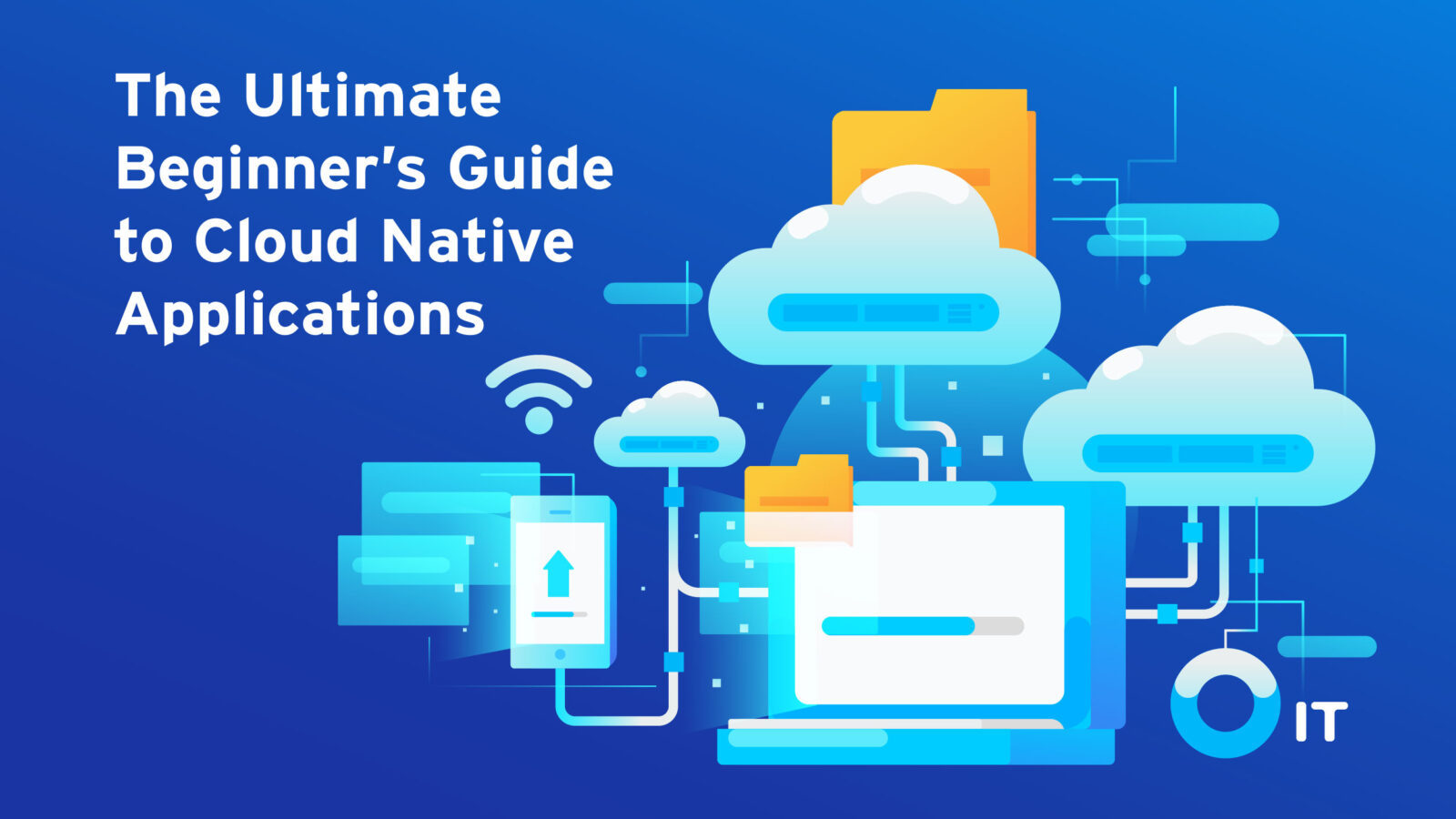Firstly, what does Cloud Native mean?
The software method known as “cloud native” is used to create, deploy, and manage contemporary applications in cloud computing environments. Modern businesses want to create apps that are extremely scalable, adaptable, and resilient so they can quickly upgrade them to meet client expectations. They accomplish this by utilizing cutting-edge tools and methods that naturally enable application development on cloud infrastructure. These quick and frequent application modifications are supported by cloud-native technologies without affecting service delivery, giving adopters a cutting-edge competitive advantage.
In this blog, we’ll discuss cloud native applications, their advantages, and the 5 best tools to look out for. Let us begin!
What are Cloud Native Applications?
Cloud-native applications are software programs composed of interconnected microservices. Unlike traditional monolithic applications, which have a single structure encompassing all functionalities, cloud-native applications break down functionalities into smaller microservices. This approach enhances agility as microservices operate independently and require minimal computing resources.
A recent study by Tigera found that 75% of businesses are working on developing cloud native applications. Furthermore, the percentage of new digital workloads deployed on cloud-native platforms is expected to increase from 30% in 2021 to over 95% by 2025, according to Gartner. These statistics explain the tremendous growth projected for cloud-native applications.
Cloud native applications compared to traditional enterprise applications
Traditional enterprise applications were developed using rigid software development approaches, where developers would complete multiple software functionalities before testing. Consequently, these applications had longer deployment times and lacked scalability.
Cloud-native applications differ from traditional applications as they leverage a collaborative approach and are highly scalable across platforms. Developers utilize software tools to automate building, testing, and deploying processes within these applications. The instant setup, deployment, and duplication of microservices are unique capabilities offered by cloud-native applications, which is not possible with traditional applications.
Also Read: Navisite Named Global Leader in Cloud Computing by the 2023 Stratus Awards
What are the Advantages of Cloud Native Applications?
 Cloud-native applications are specifically built for the cloud’s agility and effectiveness, offering several advantages.
Cloud-native applications are specifically built for the cloud’s agility and effectiveness, offering several advantages.
- This cost-effective technology can be scaled easily as needed, which eliminates the requirement for excess hardware and load balancing. It enables the quick addition of virtual servers to test new applications or run multiple microservices on one host.
- Microservices can scale independently, so the size of one service doesn’t affect the rest of the system. With a cloud-native architecture, you can update specific parts of your application at different rates.
- Cloud native applications use containers to enable the seamless movement of microservices across different infrastructure providers, ensuring independence from specific software and avoiding vendor lock-in.
- Cloud-based applications rely on containers, ensuring that the failure of one microservice does not impact other services.
- Cloud native applications are manageable due to the use of automation for deploying app features and updates. Developers have visibility into the changes occurring in microservices and components, allowing them to concentrate on specific areas of the application. Dividing apps into smaller services enables individual engineering teams to focus on a single service without concerns about integration with other system components.
- Microservices facilitate the segregation of different components within an application, making it simpler for engineering teams to analyze and understand each service’s functionality and integration.
Best Practices for Cloud Native Applications Development
 Cloud-native application design best practices are derived from the DevOps concept of operational excellence. There are no set guidelines for cloud-native architecture, as development approaches may vary depending on the specific business challenge being addressed and the software being utilized.
Cloud-native application design best practices are derived from the DevOps concept of operational excellence. There are no set guidelines for cloud-native architecture, as development approaches may vary depending on the specific business challenge being addressed and the software being utilized.
When designing cloud native applications, it is important to take into account the construction process, performance evaluation, and the promotion of continuous improvement throughout the application’s lifecycle. To ensure a successful design, there are five key components to consider.
- Automation: By implementing automation, it becomes possible to uniformly deploy cloud application environments across various cloud providers. Through the utilization of infrastructure as code (IaC), modifications to the source code can be easily monitored within a code repository.
- Efficiency: To ensure efficient operations, it is essential for teams to diligently observe the progress of the development environment, as well as the usage patterns of the application. The monitoring process should encompass all aspects, ranging from the supporting infrastructure to the application itself. This comprehensive approach allows for thorough oversight and facilitates a seamless monitoring experience.
- Documentation: In the realm of cloud native application development, numerous teams collaborate, but often with limited insight into each other’s activities. Therefore, comprehensive documentation becomes essential, serving as a means to monitor and comprehend the various contributions made by each team throughout the application development process. This allows for better coordination and transparency among teams.
- Modification: When modifying an application or its underlying architecture, it is essential to make incremental changes that can be easily reversed if necessary. This approach allows teams to gain valuable insights from these changes and avoid making irreversible mistakes. The use of Infrastructure as Code (IaC) facilitates this process by enabling developers to monitor and record modifications in a central source repository.
- Embrace failure: In the realm of cloud computing, it is crucial to develop processes that can handle unforeseen failures. This necessitates the creation of robust test frameworks that simulate failures, enabling us to gain valuable insights and enhance our strategies. By embracing this proactive approach, we can effectively address and learn from the challenges that arise in a cloud environment.
Top 5 Cloud Native Applications Tools
Cloud-native applications and tools have become increasingly prevalent in the technological landscape. Below are some of the top-notch applications and tools that they can leverage to enhance productivity.
- Draft: This developer tool consists of two primary components: Draft Create, responsible for generating the necessary elements to execute Kubernetes applications, and Draft Up, which facilitates the creation and deployment of container images to a Kubernetes cluster.
- Telepresence: It enhances application development by allowing developers to build services locally, establish connections to remote clusters, and automatically initiate updates when local modifications are made.
- Jenkins X: Developers can easily build CI/CD pipelines using this tool, even if they don’t have in-depth knowledge of Kubernetes or keep up with its expanding range of features.
- Gitlab: This is a widely acclaimed CI/CD platform that seamlessly integrates with the comprehensive range of tools available within its ecosystem.
- Weavenet: This virtual application, operating on a two-tier network, facilitates the connection of numerous containers. These containers can be located on the same host or distributed across multiple hosts.
Final Thoughts
In the digital age, the way we create, distribute, and scale software has been completely transformed by cloud native applications. These applications offer unmatched flexibility, scalability, and resilience because of the power of cloud computing. They allow businesses to create excellent user experiences and react quickly to shifting market demands.
Businesses need to adopt cloud-native practices and technology if they want to remain inventive and competitive in the fast-paced business environment of today. We can anticipate even more exciting developments and opportunities as we continue to adopt this strategy. Thus, whether you’re a developer, an enterprise, or an end user, adopting cloud-native applications is the key to maximizing the cloud’s potential and enjoying all of its numerous advantages.




































